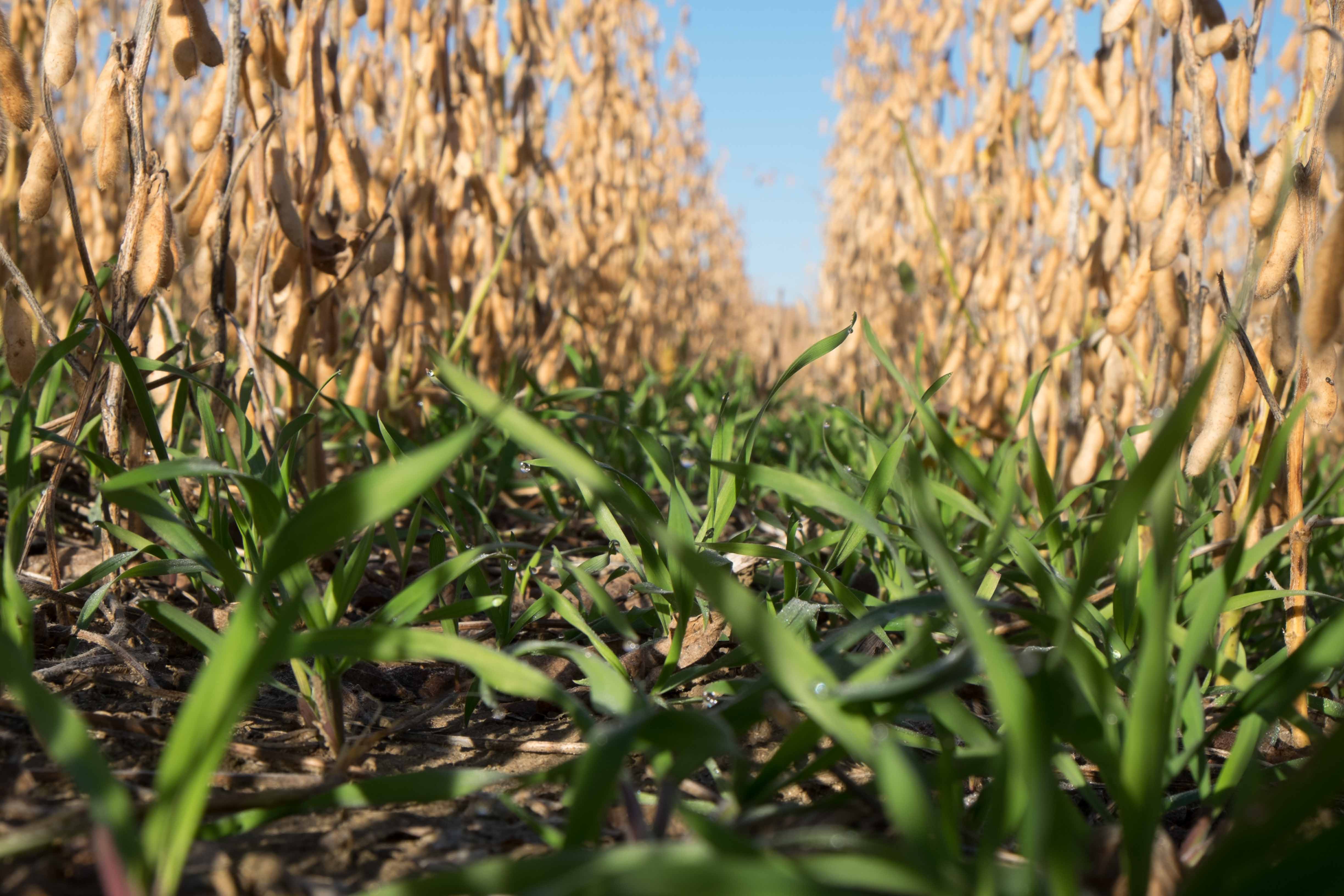
DES MOINES, Iowa (IDALS/IAWA) – Farmers and landowners can now get up to $38 per acre for water quality practices like cover crops and no-till. It’s through Iowa’s Water Quality Initiative (WQI).
WQI funds help farmers adopt proven water quality practices, including planting cover crops, transitioning acres to no-till/strip-till or applying a nitrogen inhibitor.
“Building on the record engagement and continued strong interest in conservation among farmers and landowners, the Iowa Department of Agriculture and Land Stewardship is pleased to once again offer an opportunity to share in the cost of implementing these proven practices,” said Iowa Secretary of Agriculture, Mike Naig. “All farmers and landowners should look for opportunities to add more conservation practices and this cost share program is a great way to help with that.”
Here is a breakdown of cost share dollars available:
- New cover crop users can get $25 per acre.
- Returning cover crop users can get $15 per acre.
- New no-till or strip till acres are eligible for $10 per acre.
- New users can also receive $3 per acre for utilizing a nitrogen inhibitor when applying fall fertilizer.
Last fall, over 3,900 farmers and landowners enrolled in this cost share program. It led to more than 430,000 acres of cover crops and 14,200 acres of no-till/strip-till. Another 5,800 acres of nitrification inhibitors were enrolled in the program in 2022.
An estimated $14.5 million of private funding was invested to match the $7.5 million contributed by the State.
Farmers may start submitting applications immediately through their local Soil and Water Conservation District offices. Cost share funding through the Iowa Department of Agriculture and Land Stewardship is limited to 160 acres per farmer or landowner. The funds will be made available in July.
Find your local SWCD staff here.
This information is from an Iowa Department of Agriculture and Land Stewardship press release. Read the full release here.
